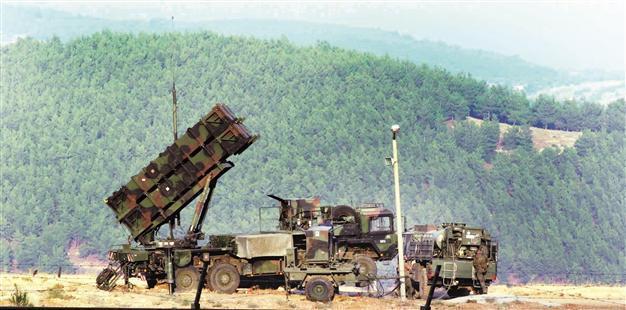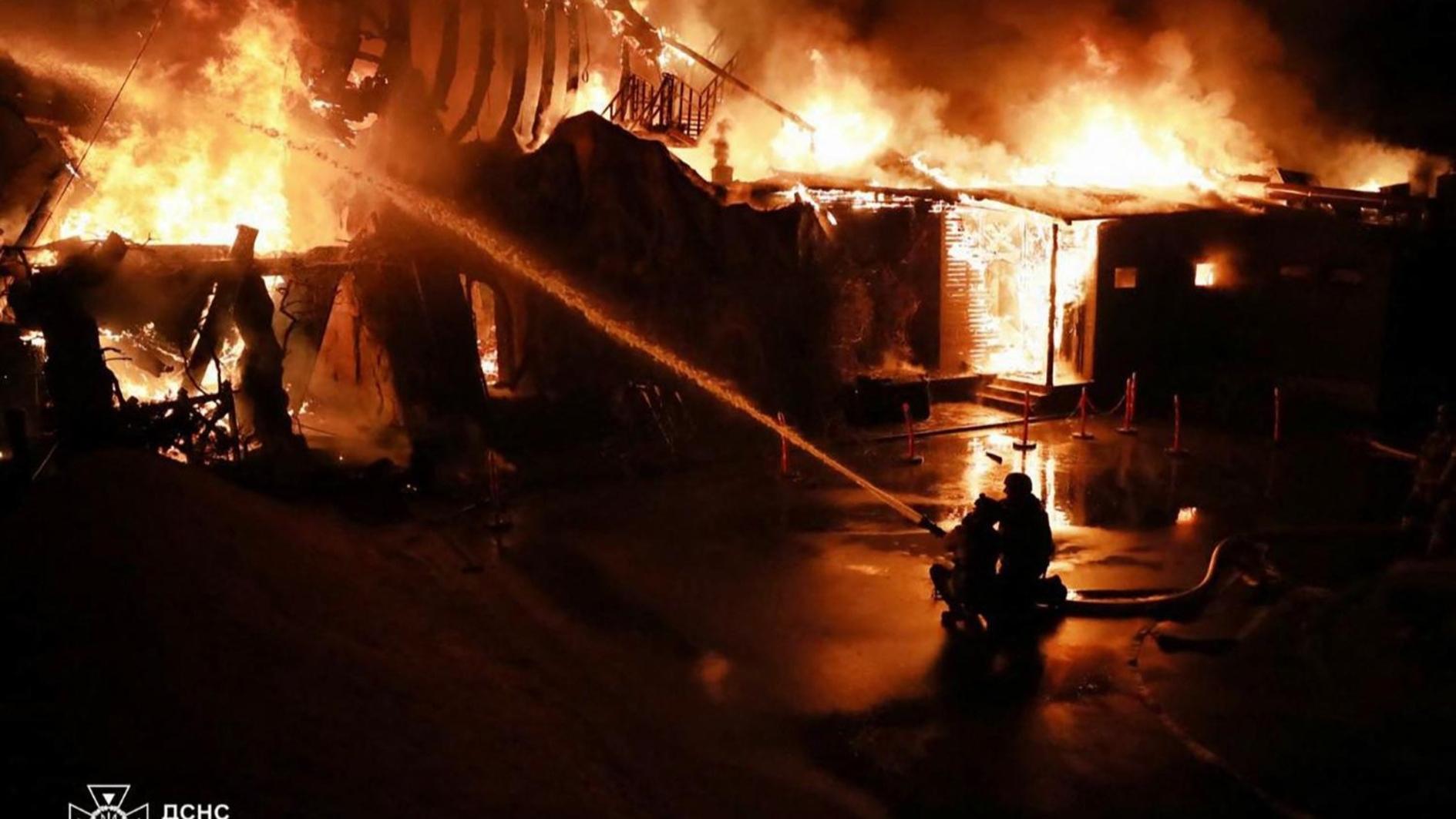Chinese air defenses in Turkey a ‘virus’ for NATO
Burak BEKDİL

The US Patriot air defense system, which is seen in the southwestern province of Kahramaraş, is one of the systems competing for Turkey’s long-range anti-missile and air defense systems. DHA photo
Defense officials from NATO member states have described any potential Turkish effort to integrate China-made long-range air and anti-missile defense system into NATO’s overall air defense architecture as a “virus” within the allied system and a “possibly most futile effort.”“NATO’s own command and control system that ‘mashes’ input from allied networks is far more important than a Chinese air defense system in Turkey,” said one defense attaché from a leading NATO member state. “There is no place for China within this critical system. We would not wish to see a virus in a complex system.”
A NATO ambassador in Ankara said Turkey was disillusioned with the idea of making the Chinese-built air defense architecture NATO-operable. “I have no idea why the Turks do not see the simple fact that the alliance’s security threat perception in the next 20 years is based on China. Air and missile defense will be the top defense issue in the foreseeable future, with China being under the magnifier.”
According to Western defense officials and analysts, the central problem will be the difficulty to connect the proposed Chinese air defense assets to NATO’s critical Identify Friend or Foe (IFF) system that operates on “Mode 5,” a code that enables allied radar systems and aircraft to recognize whether an unknown aircraft is friendly or an enemy.
“Turkey has its own efforts to build the transponder part of the entire IFF system, but a fully functioning system would require the interrogator part too. To make the Chinese system NATO-operable, the Turks would require Mode 5 codes and I see no reason why the [U.S.] National Security Agency should give a nod to this crazy idea,” said one U.S. defense official.
Top Turkish officials said the controversial air and missile defense system Turkey intends to buy from a Chinese manufacturer would be automatically integrated with NATO assets stationed in Turkey.
Turkish officials see no problem
When asked about possible NATO objection to the idea of any such integration, Turkish Defense Minister İsmet Yilmaz said “he sees no problem with this.”
Murad Bayar, head of the Undersecretariat for Defense Procurement, said full integration with NATO assets was an explicit condition in the contract for the planned air defense system.
“As part of this program, a Turkish defense company will be tasked with integrating the air defense system into a network operated by the Turkish Air Force. That integration will mean integration with NATO assets, too, since the Turkish system is fully integrated with the NATO system,” Bayar said.
The much-debated Chinese bid from China Precision Machinery Export-Import Corp. (CPMIEC), which won the tender Sept. 26, came in at $3.44 billion; the initial contract price was estimated at $4 billion.
The Chinese contender defeated a U.S. partnership of Raytheon and Lockheed Martin, offering the
Patriot air defense system; Russia’s Rosoboronexport, marketing the S-300; and the Italian-French consortium Eurosam, maker of the SAMP/T Aster 30.
Under the program, dubbed T-LORAMIDS, Turkey will start contract negotiations with CPMIEC, the front-runner of the competition. If these talked fail, contract negotiations with the Eurosam consortium, the second best offer according to a grading of bids, will begin, according to Bayar. The U.S. Patriot system was ranked third. Bayar said the Russian option had been eliminated entirely.
“Whether the Chinese air defense system can detect any ballistic missile coming from the enemy remains a big question mark,” a European defense analyst said. “Without tracking information coming from a NATO-U.S. radar like the X-band system in Kürecik, the Chinese system may either not detect a ballistic missile at all, or detect it when it is too late.”
Turkish officials say the primary function of the proposed air defense architecture would be air defenses, with an anti-missile defense coming as secondary.
















